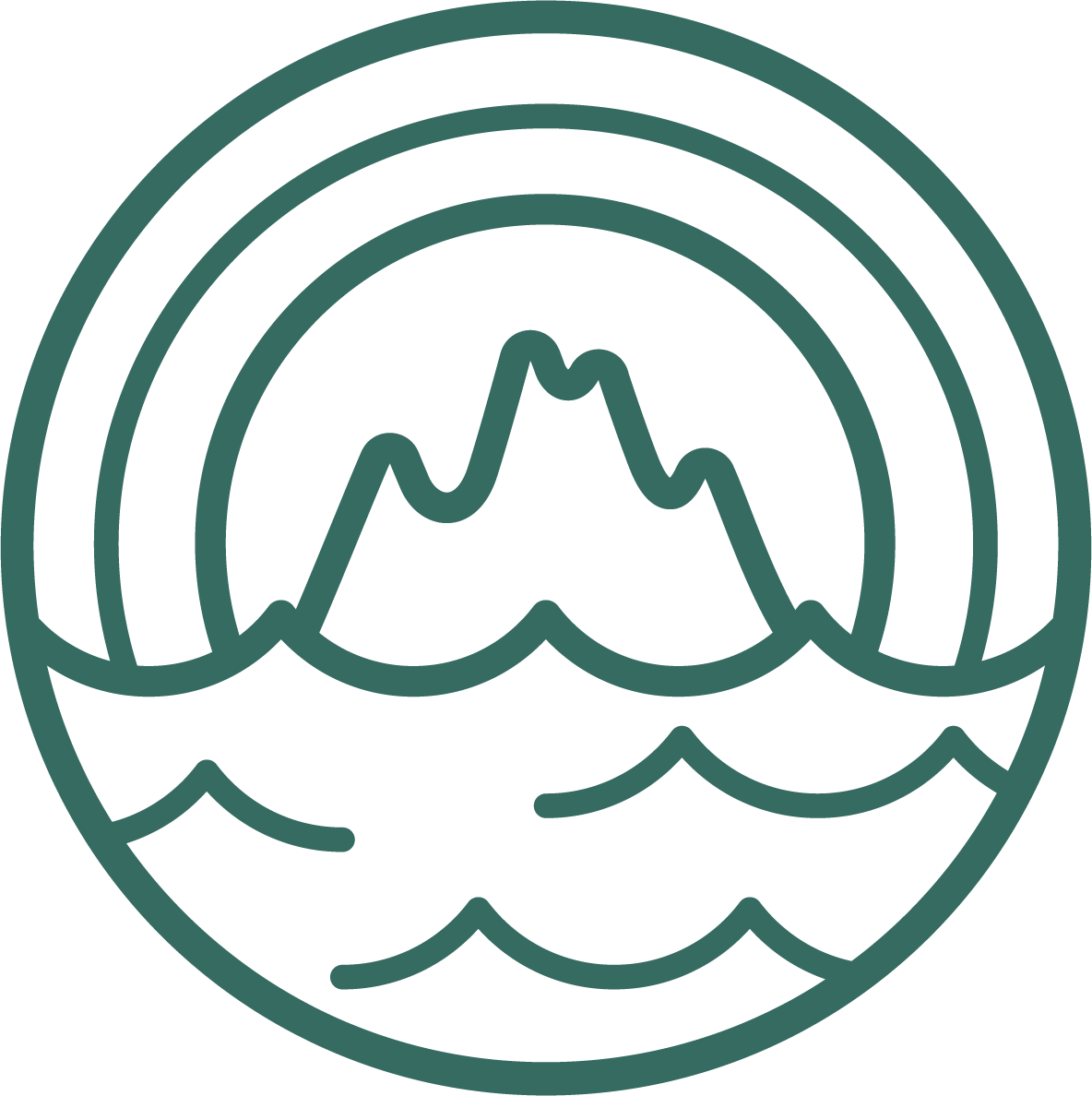23 Jul Building STEM Capacity in Early Education
 The National Research Council’s new publication A Framework for K–12 Science Education notes that “teaching science as envisioned by the framework requires that teachers have a strong understanding of the scientific ideas and practices they are expected to teach, including an appreciation of how scientists collaborate to develop new theories, models, and explanations of natural phenomena.” Teachers in the early grades are often underprepared to effectively meet these new expectations in STEM teaching.
The National Research Council’s new publication A Framework for K–12 Science Education notes that “teaching science as envisioned by the framework requires that teachers have a strong understanding of the scientific ideas and practices they are expected to teach, including an appreciation of how scientists collaborate to develop new theories, models, and explanations of natural phenomena.” Teachers in the early grades are often underprepared to effectively meet these new expectations in STEM teaching.
CRDG’s STEM in Early Education (SEE) project addresses this need by providing job-embedded, just-in-time professional development through the use of technology-facilitated approaches. The project’s goal is to use inquiry-based professional development to help teachers develop depth of content knowledge in earth/space science, physical science, geography, technology, and engineering and master a variety of teaching strategies. The project has a particular focus on creating professional learning communities within and across schools that facilitate teachers’ reflective practice and collaborative learning, an approach that combines CRDG’s extensive experience designing, delivering, and evaluating professional development with the distance learning opportunities the new technologies provide.
The SEE project is based on a series of learning progressions that successfully engage students in science and engineering practices using children’s natural tendency to attempt to understand, make sense of, and influence the world around them. The SEE project also focuses on teaching progressions as they relate to knowledge of STEM content and science and engineering practices. The project considers to what extent sustained professional development, coupled with existing and emerging technologies, can be designed and implemented with K–2 teachers to support the teaching progressions. The professional development program gives teachers the tools to listen to what students say and observe what they do, then incorporate students’ ideas into their instruction, enabling students to construct their knowledge and create ever more sophisticated explanations of their world.




